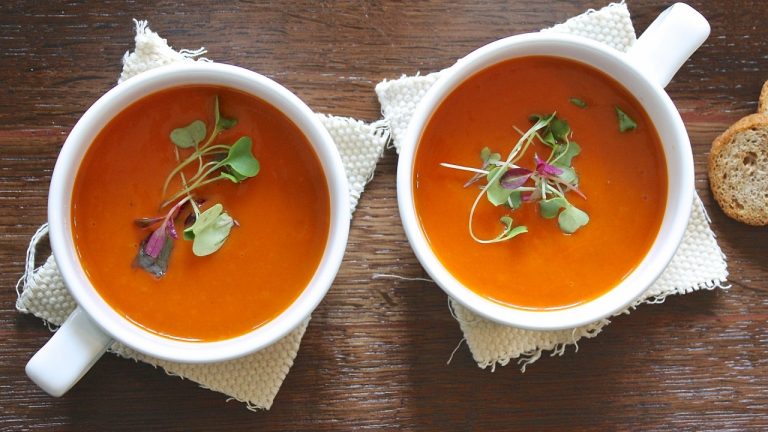Nutrition Strategies for Managing Aches and Pains: Supporting Your Body’s Well-being

Nutrition can play a supportive role in managing aches and pains, including those in the head, neck, and tailbone. While nutrition alone may not completely eliminate these discomforts, it can help reduce inflammation, support tissue repair, and promote overall well-being. Here are some dietary strategies that may help alleviate aches and pains in these areas:
- Anti-Inflammatory Foods: Incorporate foods that have anti-inflammatory properties into your diet. These include fruits and vegetables rich in antioxidants (such as berries, leafy greens, and tomatoes), fatty fish high in omega-3 fatty acids (such as salmon, mackerel, and sardines), nuts and seeds (such as walnuts and flaxseeds), and healthy fats (such as olive oil and avocado).
- Turmeric and Ginger: Incorporate turmeric and ginger into your meals or consume them as supplements. Both spices have natural anti-inflammatory properties that may help reduce pain and inflammation in the body.
- Hydration: Drink plenty of water throughout the day to stay hydrated. Dehydration can exacerbate aches and pains, so ensuring adequate fluid intake is important for overall health and pain management.
- Magnesium-Rich Foods: Include magnesium-rich foods in your diet, as magnesium plays a role in muscle relaxation and may help alleviate tension-related pain. Good sources of magnesium include leafy greens, nuts and seeds, whole grains, and legumes.
- Healthy Protein Sources: Consume lean protein sources to support muscle repair and maintenance. Examples include tofu, tempeh, legumes, lentils, quinoa, and lean poultry or fish.
- Avoid Trigger Foods: Identify any foods that may trigger or worsen your aches and pains, such as processed foods, refined sugars, caffeine, alcohol, and foods high in saturated or trans fats. Limiting or avoiding these foods may help reduce inflammation and discomfort.
- Balance Macronutrients: Aim for balanced meals that include a combination of carbohydrates, protein, and healthy fats. This can help provide sustained energy levels and support overall health and well-being.
- Mindful Eating: Practice mindful eating by paying attention to hunger and fullness cues, chewing your food slowly, and savoring each bite. This can help prevent overeating and promote better digestion, which may indirectly help alleviate aches and pains.
- Consult with a Healthcare Professional: If you’re experiencing persistent or severe aches and pains, it’s important to consult with a healthcare professional, such as a physician or physical therapist, to determine the underlying cause and appropriate treatment plan. They can provide personalized advice and recommendations based on your individual needs and health status.
While nutrition can be a valuable component of a holistic approach to managing aches and pains, it’s important to remember that it’s just one piece of the puzzle. Incorporating other strategies such as regular exercise, stress management techniques, proper posture, and adequate rest and sleep can also contribute to pain relief and overall well-being.
April 18, 2024
0



